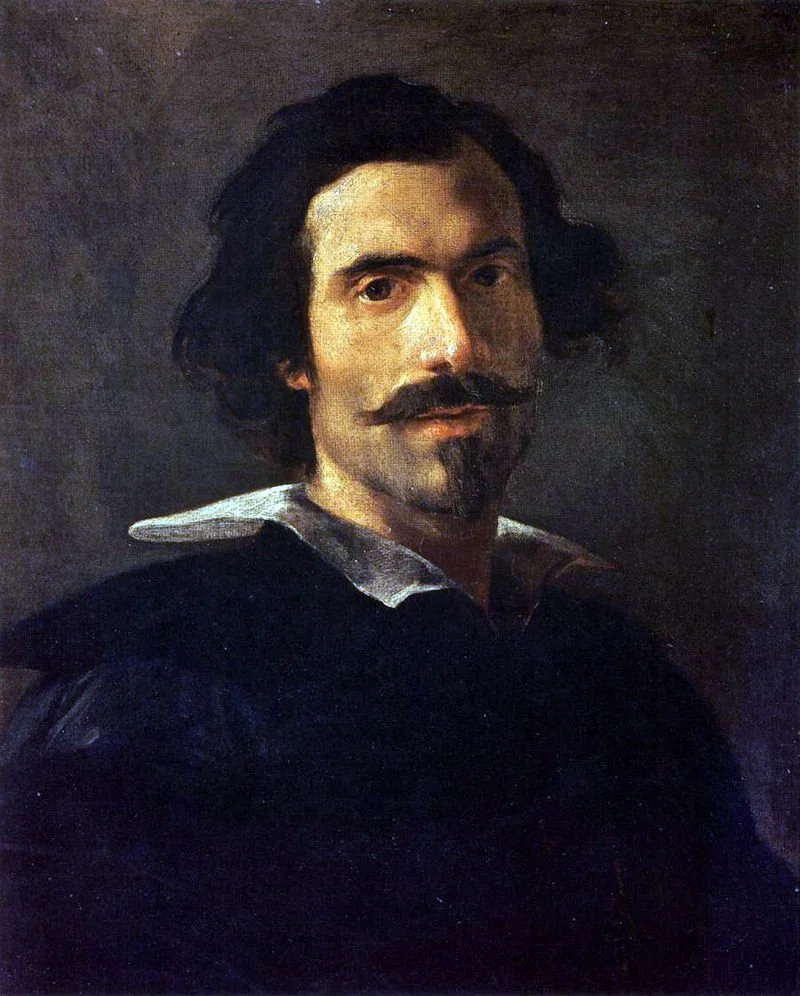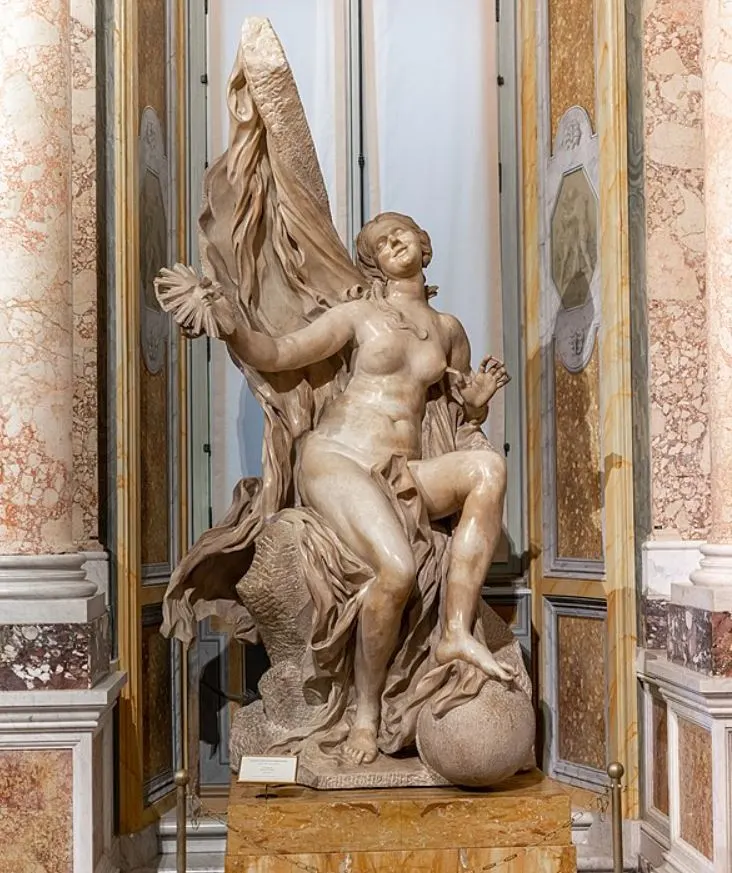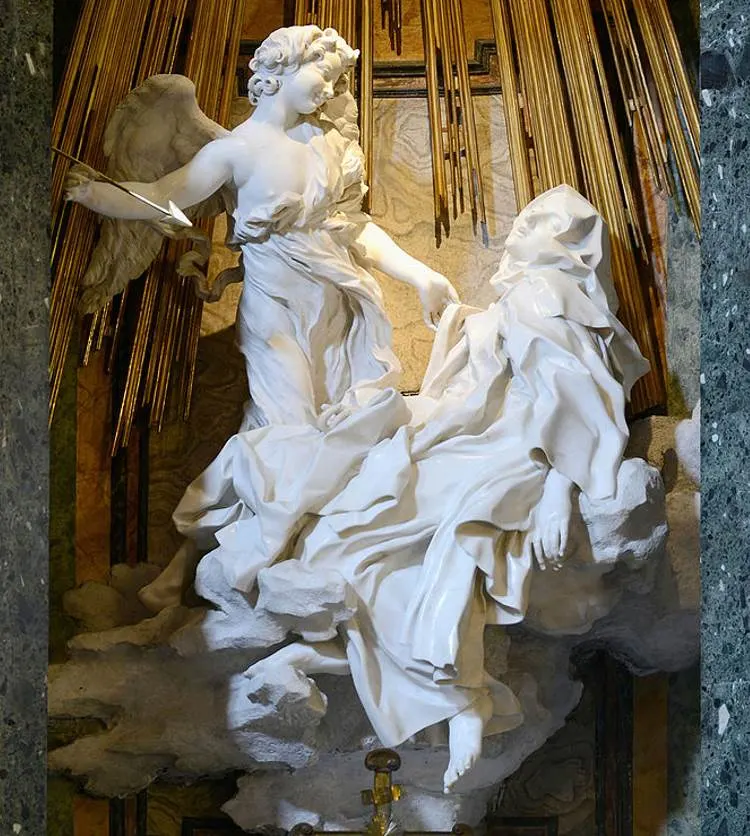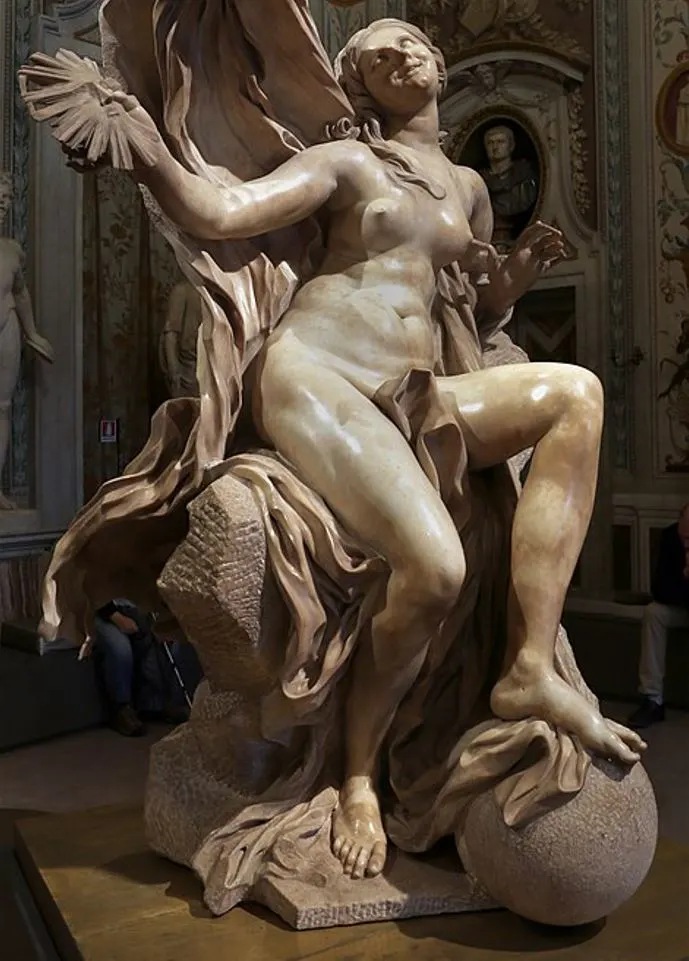Although he became one of the most renowned artists of all time, this Baroque sculptor had a difficult period in the mid-17th century.
Gian Lorenzo Bernini (1598-1680) became the main architect of St. Peter’s Basilica and was commissioned to design bell towers for the monumental church.
When these started to crack, he was blamed for the fiasco. On top of that, his main patron, Pope Urban VIII, died in 1644 and was replaced by his archrival Pope Innocent X.
It took about 4 years before his reputation was restored, and during this period he started working on one of his most famous sculptures.
In this article, you’ll discover some of the most interesting facts about Truth Unveiled by Time, one of Bernini’s masterpieces.
1. Bernini worked for about 6 years on this sculpture in the 1640s and 1650s
Pope Urban VIII became the leader of the Papal states in 1623 and held this position until 1644. This means that he was an important patron of Gian Lorenzo Bernini for a long time.
He was already one of the most famous sculptures in Europe at the time and it was a severe blow to his ego when he was blamed for cracks in the bell towers of St. Peter’s Basilica.
He was only officially exonerated at the very end of his life, even though his reputation had already been restored a long time before.
He started working on Truth Unveiled by Time a year after Pope Urban passed away in 1645 and stopped working on it in 1652.

2. It depicts the figure of Truth which is being unveiled by an allegory of time

The main figure is the visual representation of Truth which is about to be unveiled by a similar figure representing time.
Bernini never completed the sculpture so he never managed to add the allegory of time to this huge work of art. He sculpted several masterpieces in between and only managed to complete the figure of truth in 1652.
Like in most of Bernini’s artworks, truth displays an exaggerated sense of drama and motion, elements that define Bernini’s Baroque style.

3. The work wasn’t commissioned and was meant to make a statement
What’s remarkable about this particular sculpture is that it wasn’t commissioned by a patron like most other Bernini works.
He started carving it shortly after his career and reputation had suffered a real blow. The reason is that he wanted to make a statement.
The idea behind this work is that he wanted to express his feelings about the fiasco at St. Peter’s Basilica, which wasn’t his fault.
It was later discovered that the foundation was too weak to support the bell towers he designed.
The sculpture conveys that the truth about this disaster would be unveiled in due time, something that eventually happened.
Before he completed the figure of the time, he carved one of his ultimate masterpieces titled “The Ecstasy of Saint Teresa” (1651).

4. The sculptor never managed to finish it although he surely wanted to
Despite the fact that his reputation had been restored, especially after completing the Ecstasy of Saint Teresa, he still expressed his wish to complete this work.
He couldn’t let it go and mentioned that he had plans to complete the figure of time as late as 1665, about 2 decades after he started working on it.
The reason? He still hadn’t been officially exonerated yet at that time, and it certainly still affected the proud Italian sculptor.

5. The sculpture looked slightly different upon completion than it does today
Bernini never managed to complete the figure of time, even though he owned the second block of marble that was reserved for this purpose.
He also made several preparatory drawings that depict “Veritas filia temporis” or “Truth, the daughter of Time.” His plans were never completed and his family sold the marble block after he passed away.
Remarkably, one change was made to the sculpture in the 20th century when it was placed on a tilted plinth. Initially, it was placed on a flat plinth by the sculptor.
6. The sculpture remained in the Bernini family’s collection until 1924
The Baroque artist tried to sell the sculpture to Cardinal Mazarin (1602-1661) of France, but this diplomat and politician didn’t bite.
Bernini eventually bequeathed the sculpture to the firstborn of his descendants and it remained in the family’s collection until the 20th century.
This was the year that the sculpture was purchased by the Italian state which still owns Bernini’s masterpiece today.

7. How big is Truth Unveiled by Time by Gian Lorenzo Bernini?
The sculptor definitely wanted to make a statement because he carved a monumental work of art that is much larger than life-sized.
Truth Unveiled by Time by Gian Lorenzo Bernini is a large marble sculpture that stands 277 centimeters (109 inches) tall.
8. Where is Bernini’s sculpture located today?
The sculpture remained in the collection of Bernini’s family until 1924. All this time, it was housed at the Palazzo Bernini in Via delle Mercede in Rome.
The sculpture was loaned to the Galleria Borghese that year and was later acquired by the Italian state.
Today, it’s still one of the most famous artworks at the Borghese Gallery in Rome, the former Villa Borghese that was transformed into one of the most amazing art museums in Rome.

